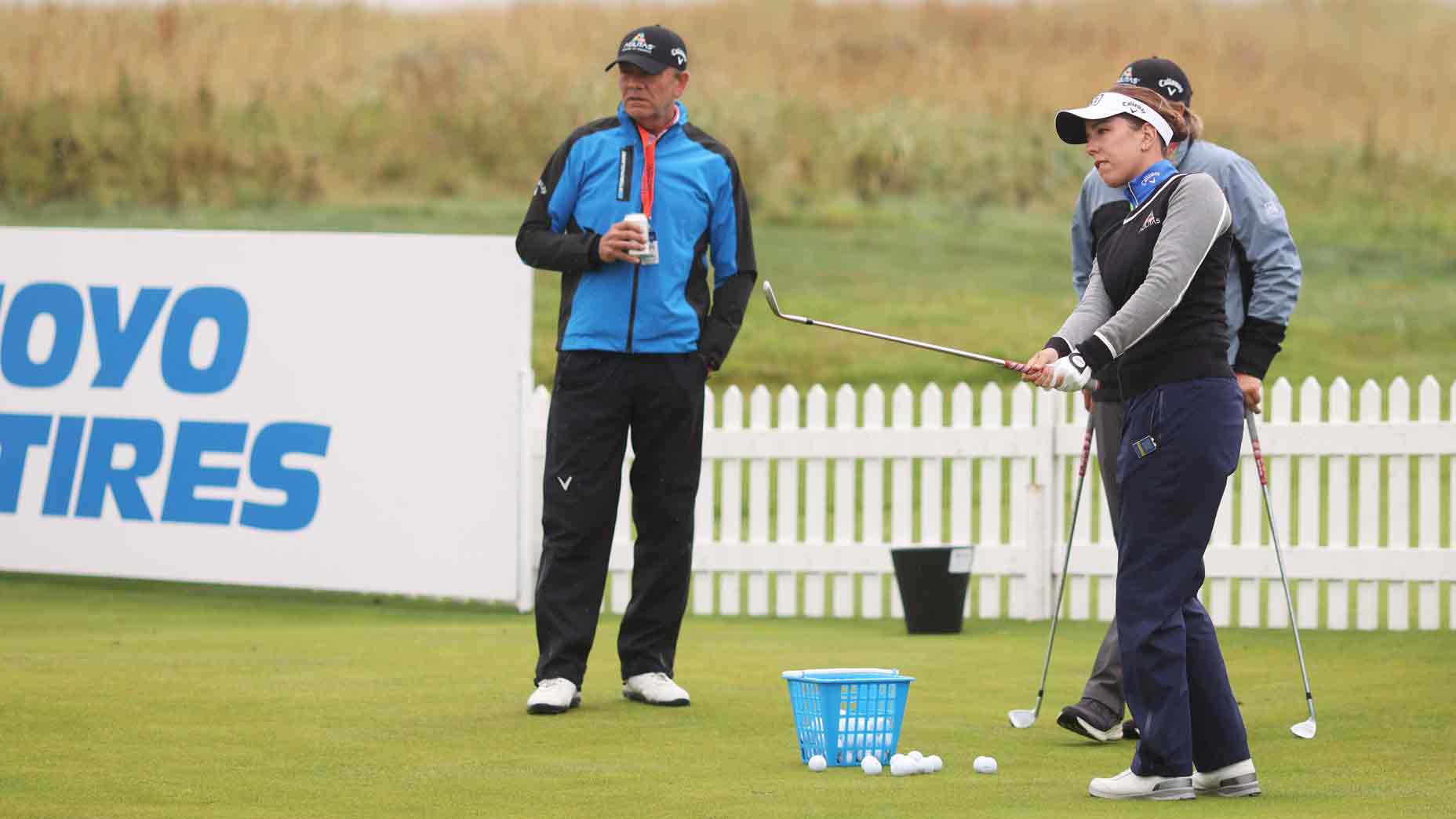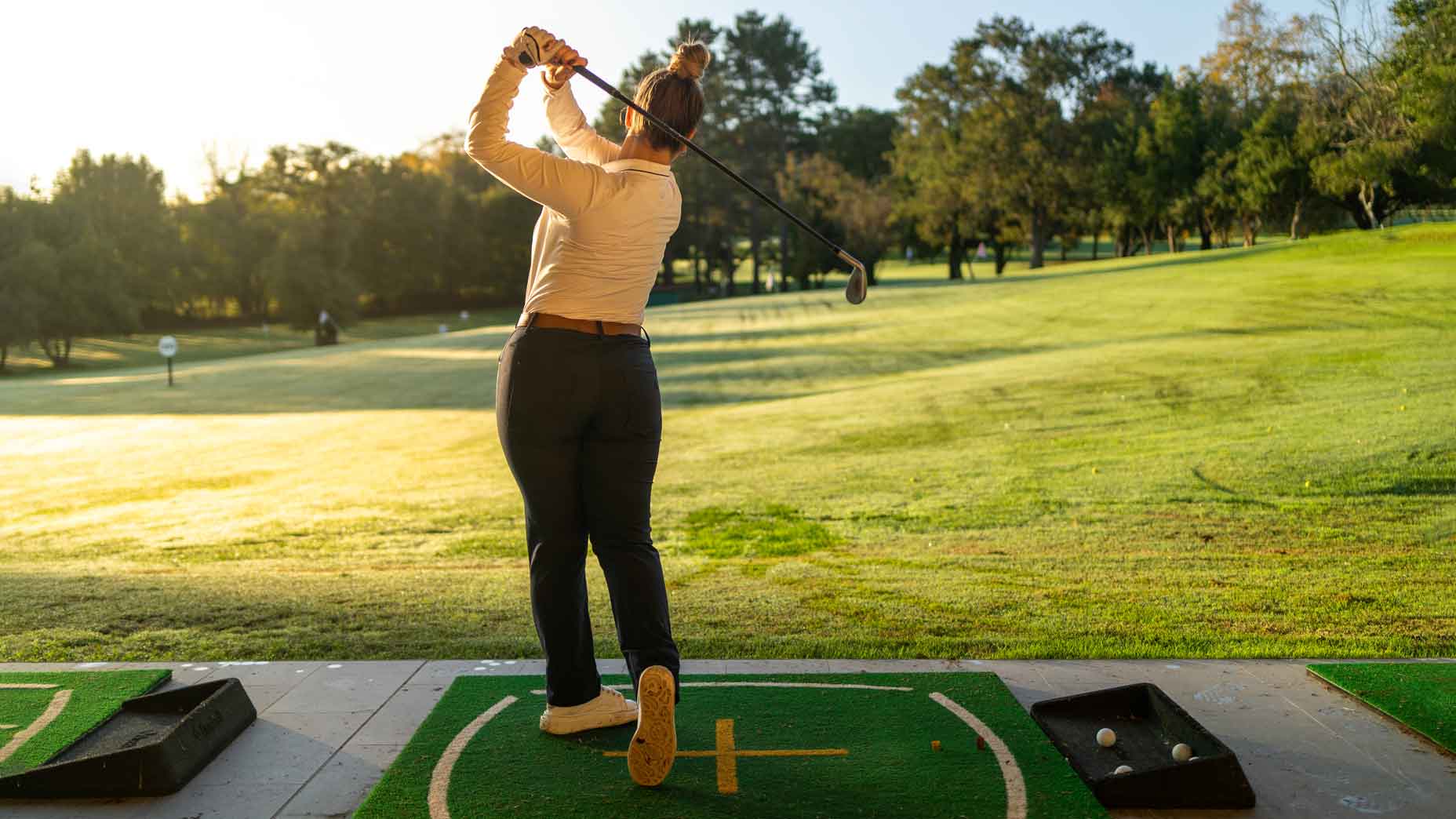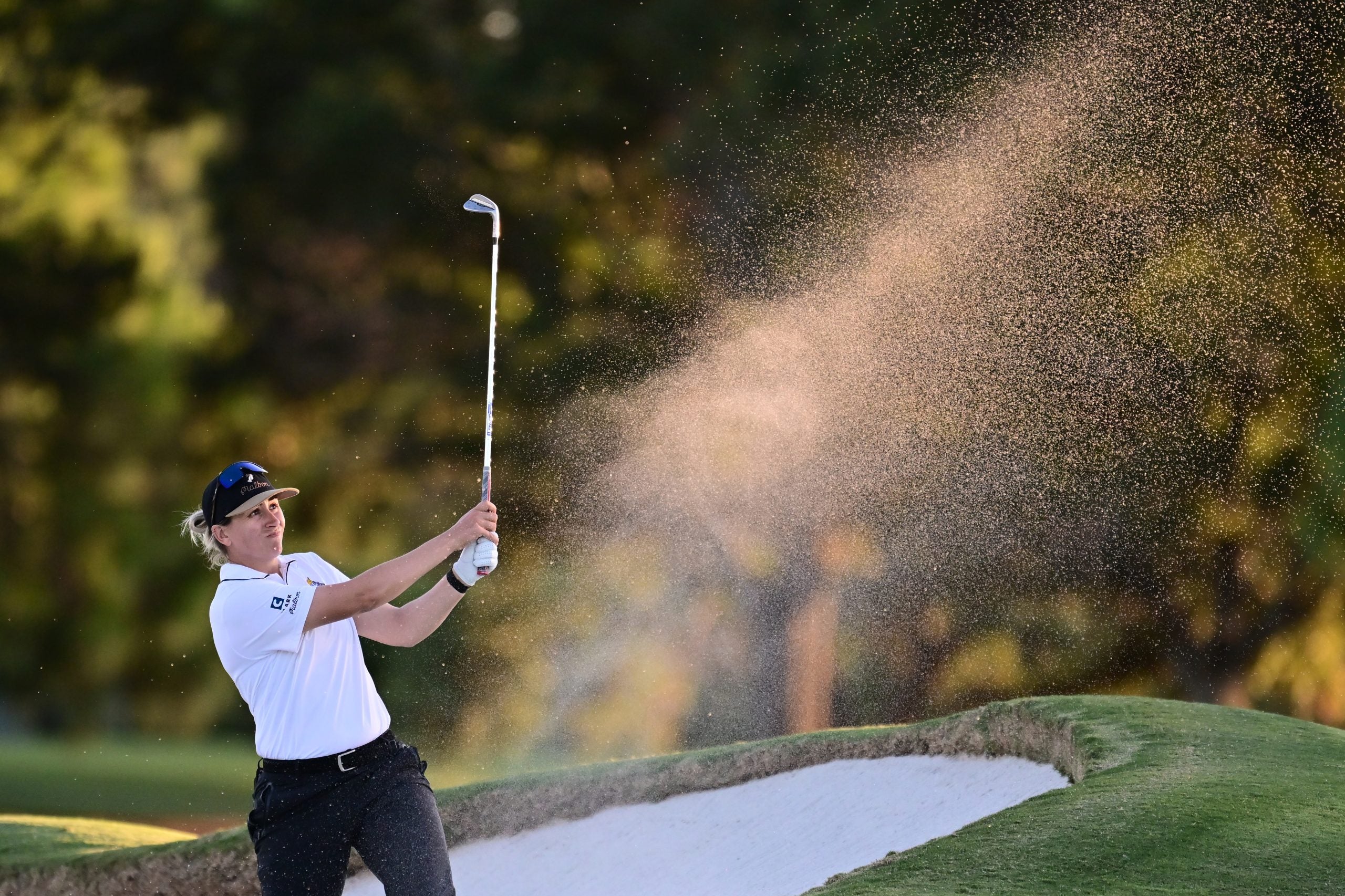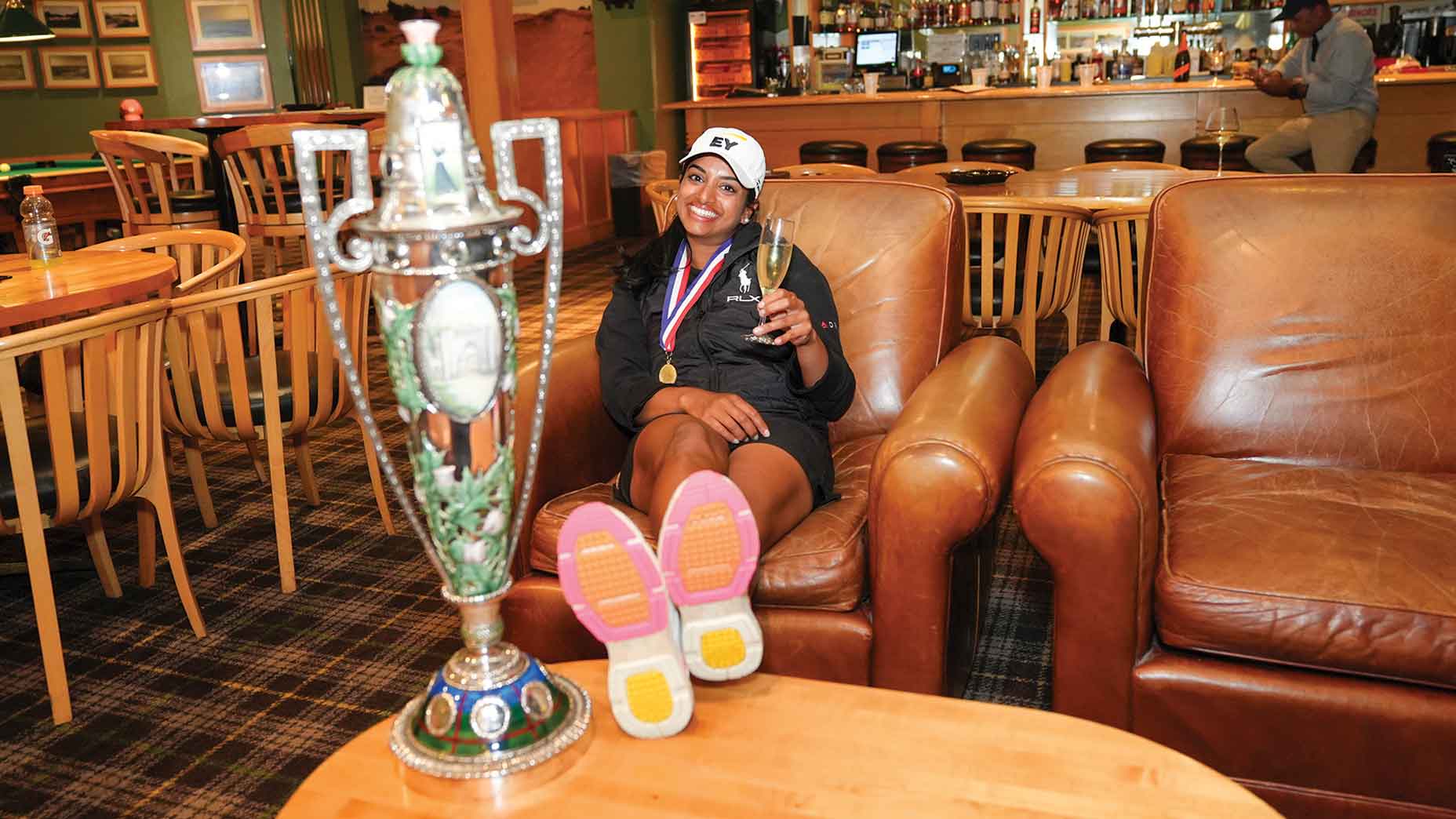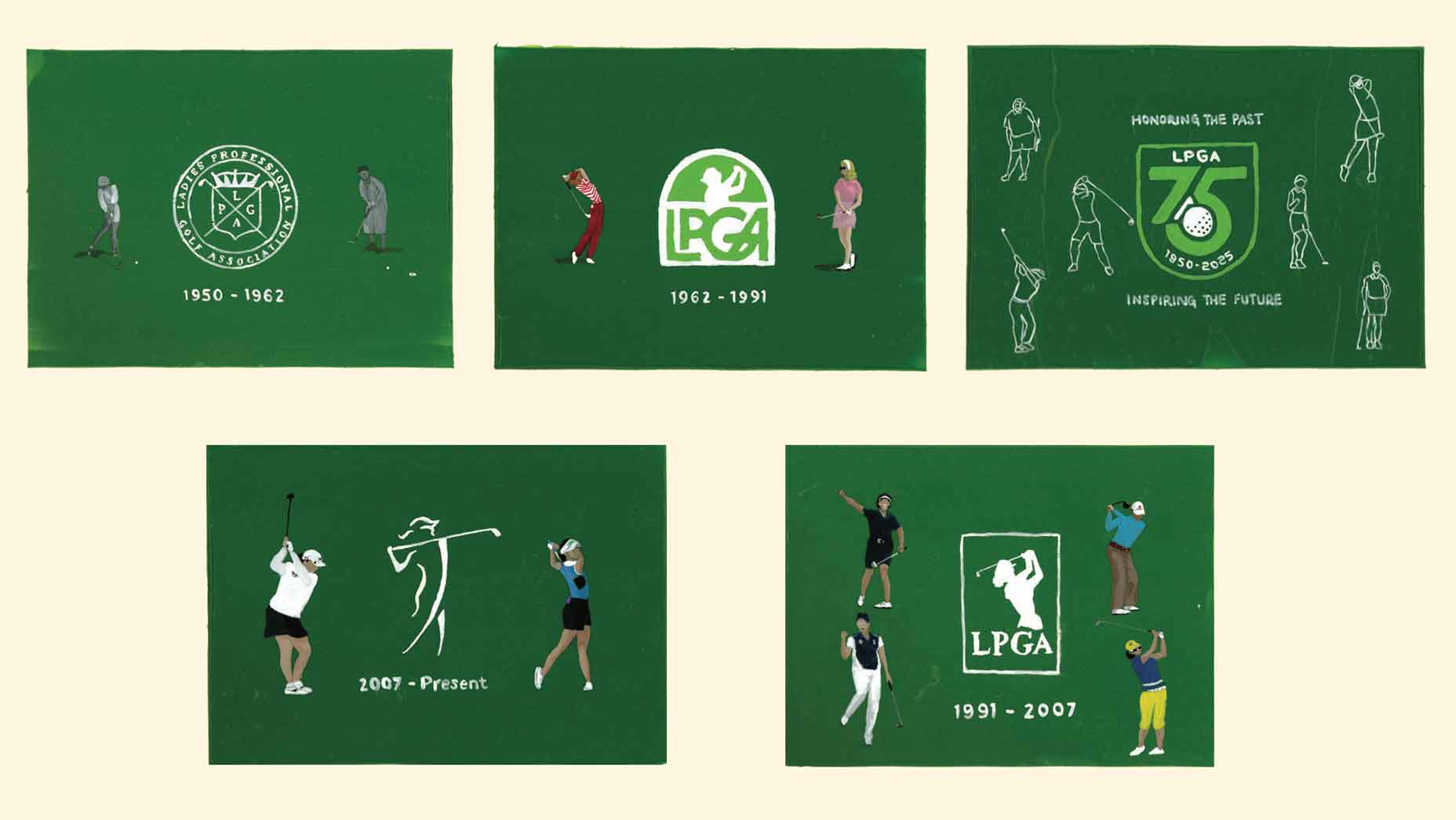Ask any instructor, ‘What the fastest way to improve your game?’ and most would reply with something to do with the short game. The rationale is easy to understand: In a regulation round, you can expect to hit 14 drivers off the tee, but putting will likely comprise nearly half of your score. Throw in shots of 60 yards or less, and the tally grows even higher. Add up those shots and it’s easy to see where the bulk of your strokes are being taken.
That makes short-game work a prudent thing to focus on. But if spending your practice time putting and chipping sounds unappealing, GOLF Teacher to Watch Derek Swoboda has a fun drill to keep you engaged while you work on improving.
Swoboda is a fan of the worst-ball game — hitting more than one shot from the same distance and then playing the worst one — as an means of shoring up your long game, but says the method is equally effective when used for the short game. Swoboda’s recommendation: start at the hole and work backward.
“Pick a 20 foot putt and hit two shots,” he says. “Then, pick the worst one and try to make it. It’s a great way to not only improve your lag putting and reduce your three-putts, but it’s also a way to put pressure on yourself, simulating a real-round situation.”
Don’t waste your practice time by doing this, says top instructorBy: Jessica Marksbury , Derek Swoboda, GOLF Teacher to Watch
Once you’re comfortably two-putting from 20 feet, move back to 30 feet, 40 feet and so on. Three- and four-putts are round-killers for all players, but especially mid- to high-handicappers, so eliminating those mistakes will make a huge impact on your scorecard.
Once you’ve conquered the longest lag putts, move into the chipping zone and operate with the same strategy. Start with short chips from 10-20 feet from the hole and try to get them up and down, playing your worst ball. Then, move back to more significant distances, like 30, 40 and 50 yards, doing the same thing. The farther you get, the harder it will be to get into up-and-down distance, but the point of the drill is to tighten your dispersion as best you can — and putting pressure on yourself to do so.
“You’ll be amazed at how quickly you become better when you try to re-create real-round situations,” Swoboda said.
So make sure to give your short game some much-deserved attention during your next practice session, and enjoy those lower scores.
